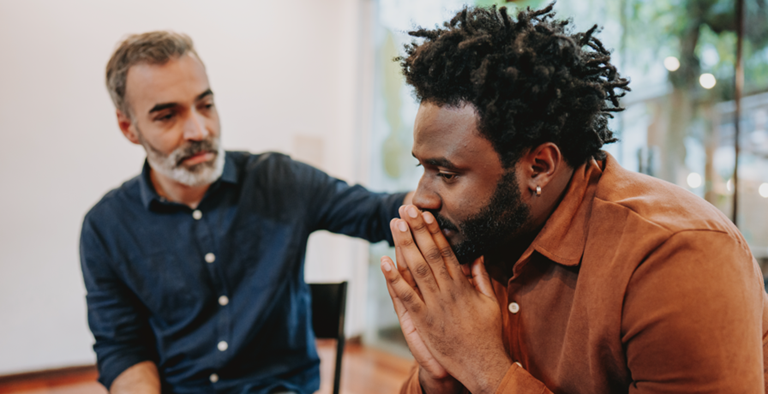The Healing-Centered Framework
This framework is designed to articulate what being a school district that centers healing and wellness in its work will truly require. The information we are providing aims to bring more clarity to what being “healing-centered” looks and feels like for the different members of our CPS community in different roles. It also serves to outline five different components of a healing-centered district that apply, in unique ways, to each stakeholder.
Stakeholders
Components
Equity
Stakeholder Goals
We have defined goals for four different stakeholder groups:
-

Schools and school staff as healers
Ensure that all CPS schools are safe, supportive environments where all staff actively promote mental wellness while rallying around students who have been most impacted by trauma and could benefit from more targeted supports.
-

All staff as agents of their own healing and wellness
Ensure that all staff have the necessary resources to actively support their own wellness and feel empowered to do so, with strong consistent support from all levels of leadership. -

Families and communities as agents of their own healing and wellness
Ensure families, caregivers, and community members are valued participants in the healing process for CPS students and advocate for the supports they might need to be well for themselves and for their students. -

Students as agents of their own healing and wellness
Ensure that every student plays an active role in their own wellness, building the skills to live healthy lives while accessing the necessary resources for healing.
Components of Change
To achieve our healing-centered vision, CPS also recognizes that we must employ a holistic strategy. Therefore, we are focused on driving change through five different components:
Education & Awareness
How staff, students, families, caregivers, and communities learn about trauma and mental wellness in order to promote healing
Skills & Strategies
The strategies that teachers/staff, students, families, caregivers, and communities develop to cope with stressors, manage/prevent trauma, and promote wellness
Culture & Climate
How the physical environment and the culture of a school promote wellness and belonging for students, staff, families, caregivers, and communities
Resources
The combination of people, programs, and other resources (both internal to CPS and external) that are needed to prevent and address trauma and promote healing
Crisis Support
How the CPS community (including district leaders, staff, students, families, caregivers, and community partners) provides support and promotes recovery when members of this community experience a potentially trauma-inducing crisis

Our Journey